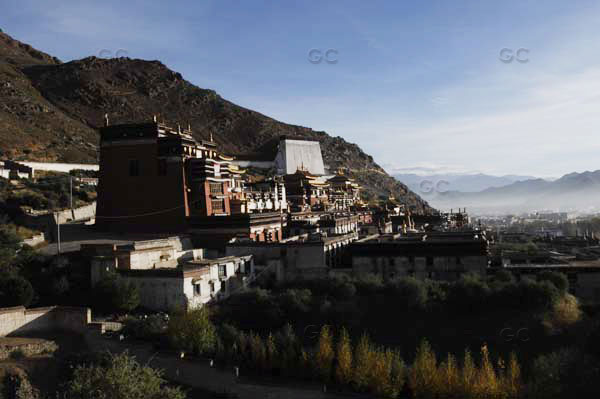TIBETANS IN EXILE
Protests in Tibet’s main city of Lhasa, as well as London, Paris and various other capitals in the lead up to the 2008 Beijing Olympics focused the world’s attention on the issue of religious freedom and human rights within Tibet.
Following China’s invasion of Tibet in 1950, rights groups point to Chinese suppression of Tibetan Buddhism and culture, estimating the death of over a million Tibetans, the destruction of more than 6000 monasteries and public buildings as well as close control over any monasteries functioning today.
With more than 120,000 Tibetans having escaped their homeland, a group of monks living in exile in Southern India are focused on keeping their threatened culture alive.
The monks from Tashi Lhunpo monastery are dedicated to continuing the study of their religion as well as preserving their culture of dance, art and music despite living outside their country, where only 500 monks live in the original Tashi Lhunpo monastery compared to 5000 before the cultural revolution. They share their unique culture and special monastic traditions during tours in Europe and other parts of the world.




